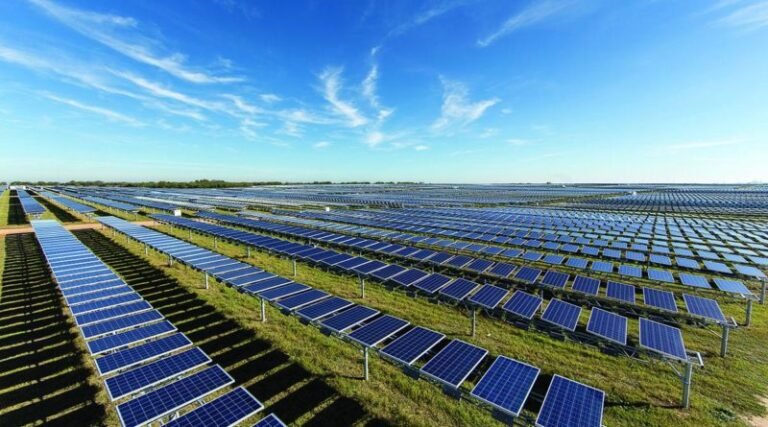Iraq has set its sights on a significant expansion of solar power, targeting the installation of 12 gigawatts (GW) by the year 2030, as revealed by a representative from the National Investment Commission (NIC).
Rahim Al-Jaafari, an NIC consultant, disclosed to a local media that the government has greenlit a comprehensive strategy to generate approximately 12 GW of solar energy within the next decade. Already, contracts totaling 7.5 GW have been awarded to various companies, marking substantial progress towards this ambitious goal.
The NIC is currently in the final stages of processing investment permits for these approved solar initiatives, clearing the path for their execution and implementation.
Additionally, Al-Jaafari underscored the imminent launch of Iraq’s inaugural waste-to-energy (WtE) project, stationed in the Nahrawan district to the east of Baghdad. This pioneering endeavor boasts the capacity to handle 3,000 tonnes of waste per day, representing a notable step forward in waste management and sustainable energy generation.
These initiatives align closely with Iraq’s commitment to the Paris Agreement and its broader environmental objectives. The WtE project, for instance, follows a Design, Build, Own, and Operate (DBOO) model, as outlined on the NIC’s official website, with bid submissions expected by March 8, 2024.
While acknowledging the limited wind energy potential across the nation, Al-Jaafari mentioned ongoing studies aimed at identifying opportunities for wind energy investment, signaling a holistic approach towards diversifying Iraq’s renewable energy portfolio.
Iraq’s solar plans reflect a strategic shift towards renewable energy, driven by the need for energy security, environmental sustainability, and economic development. With concerted efforts and investments, Iraq is poised to emerge as a regional leader in solar power generation.


